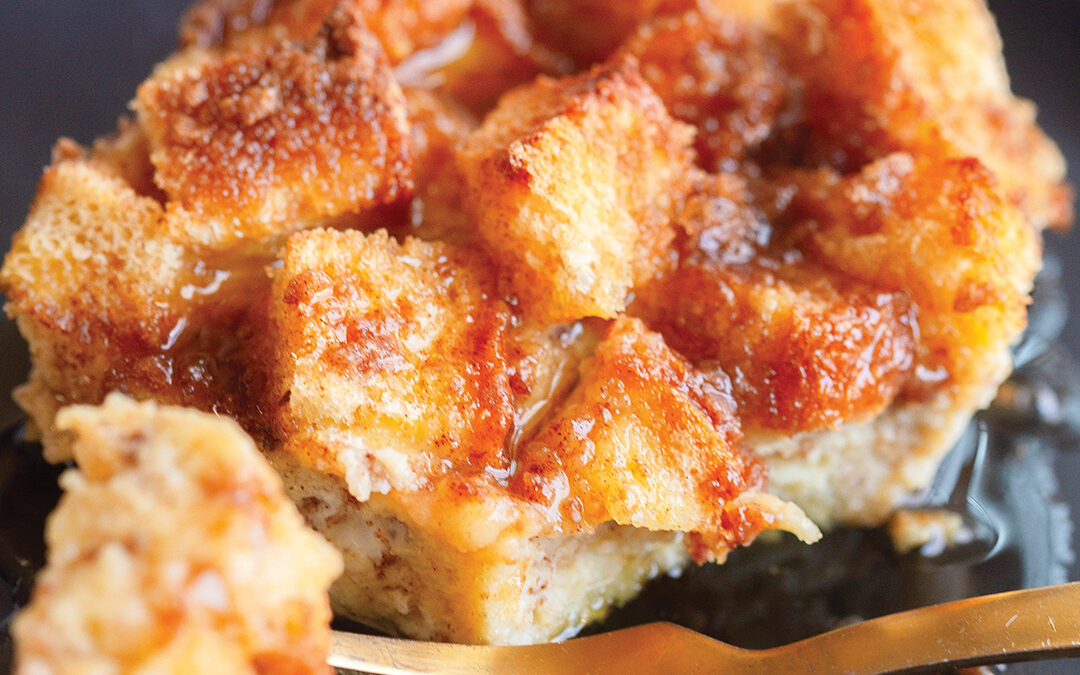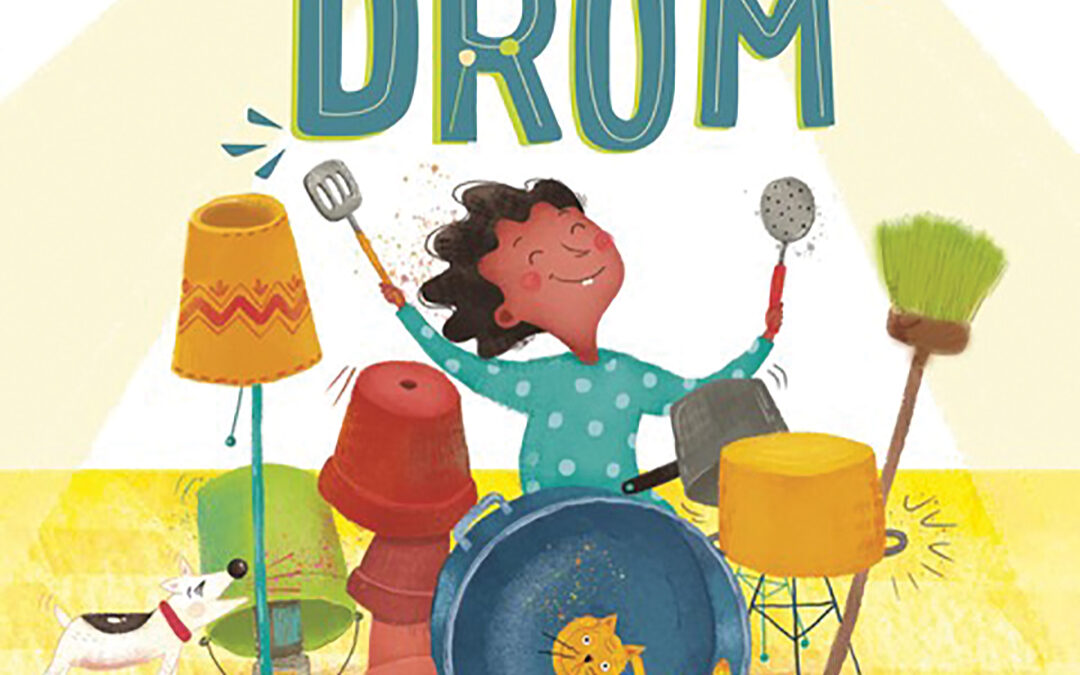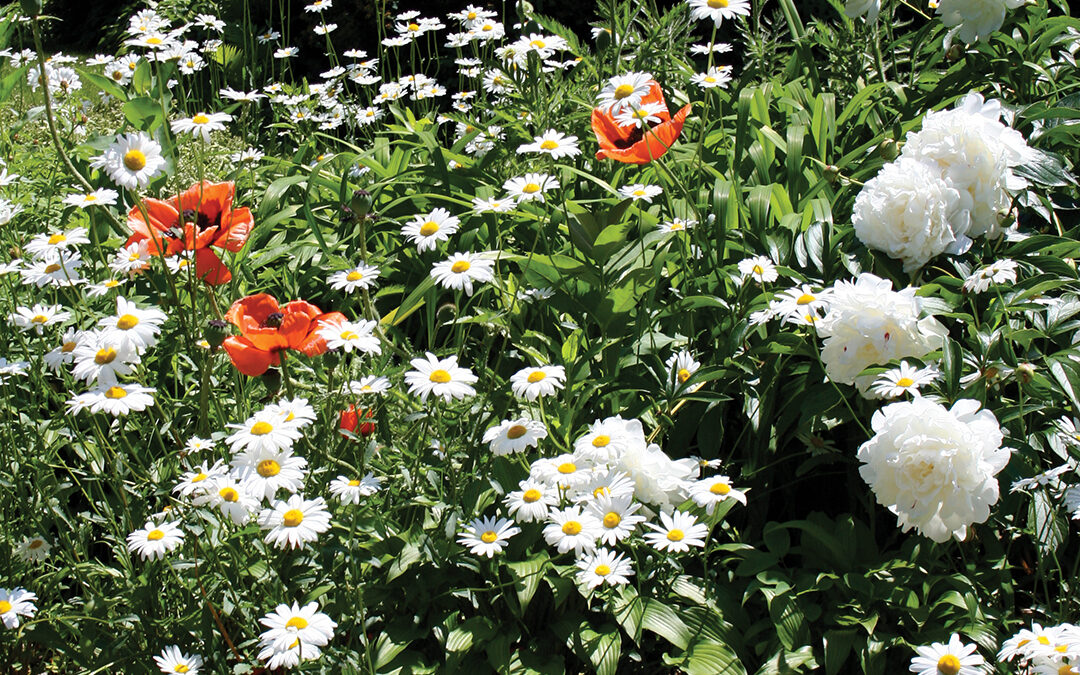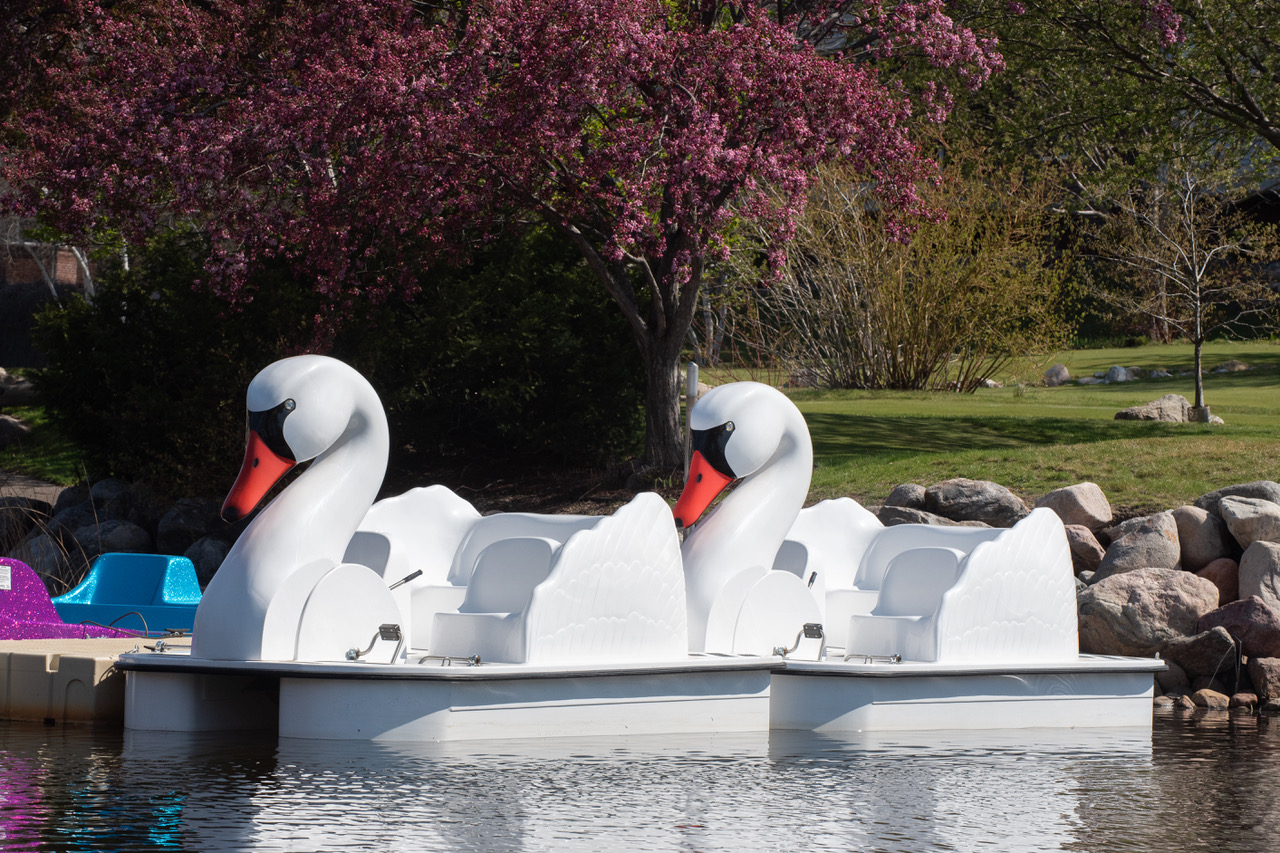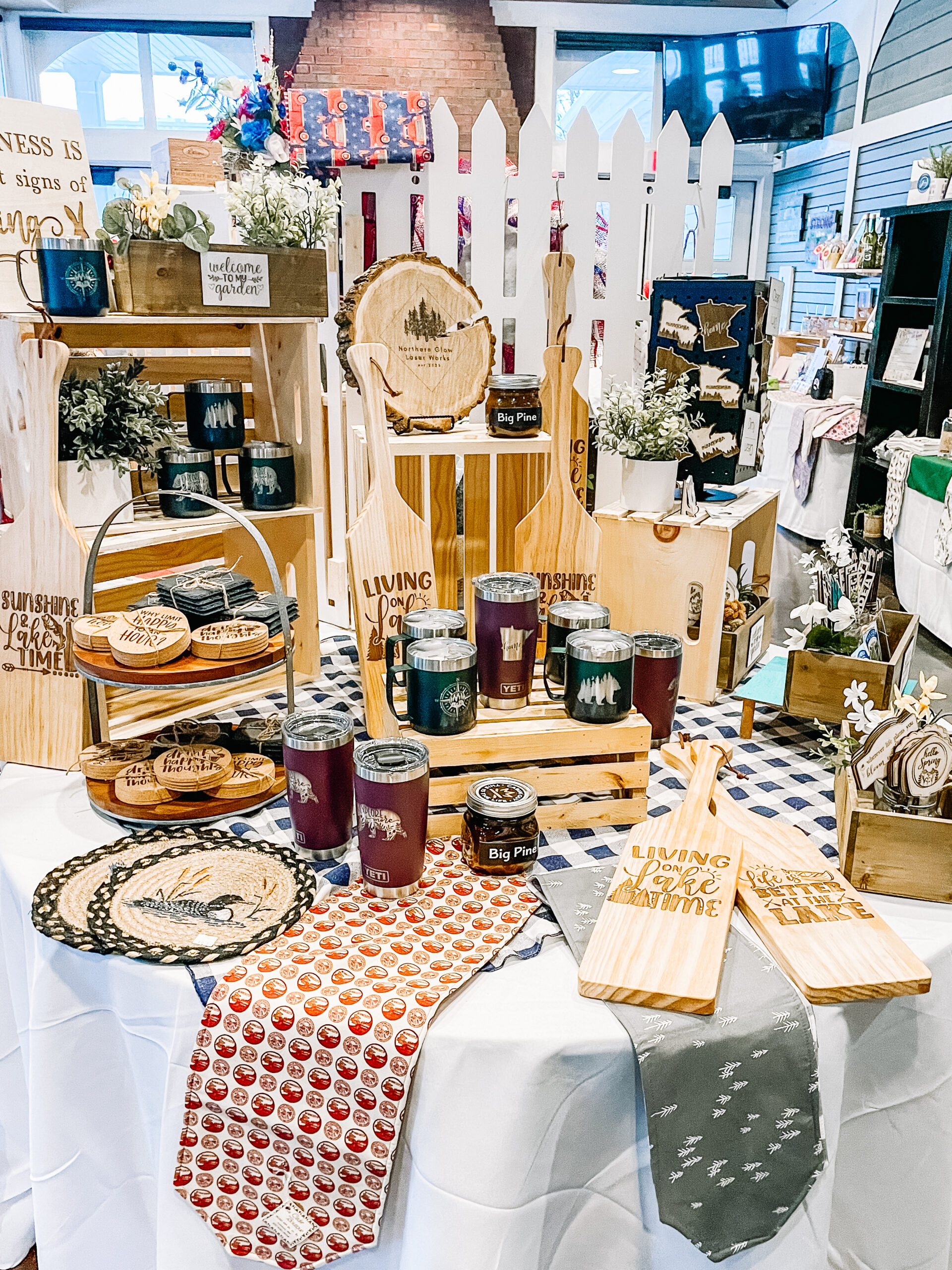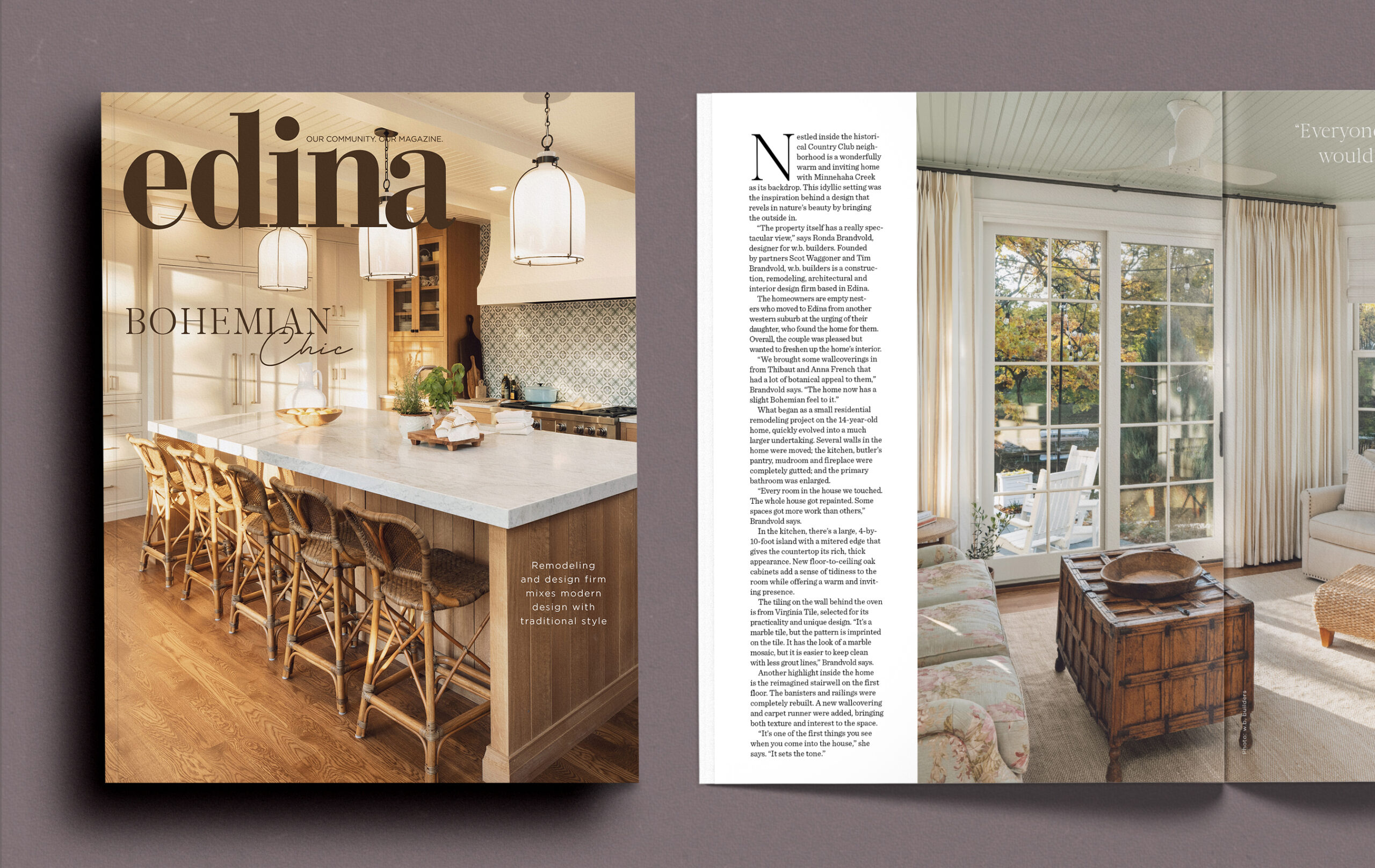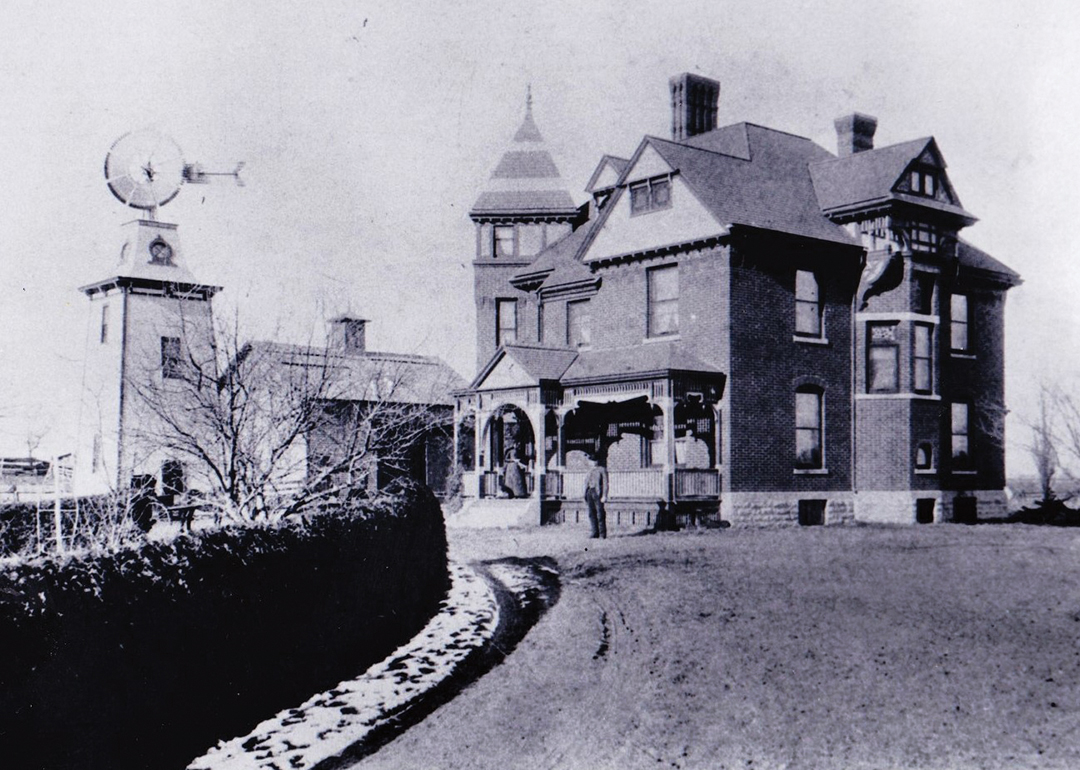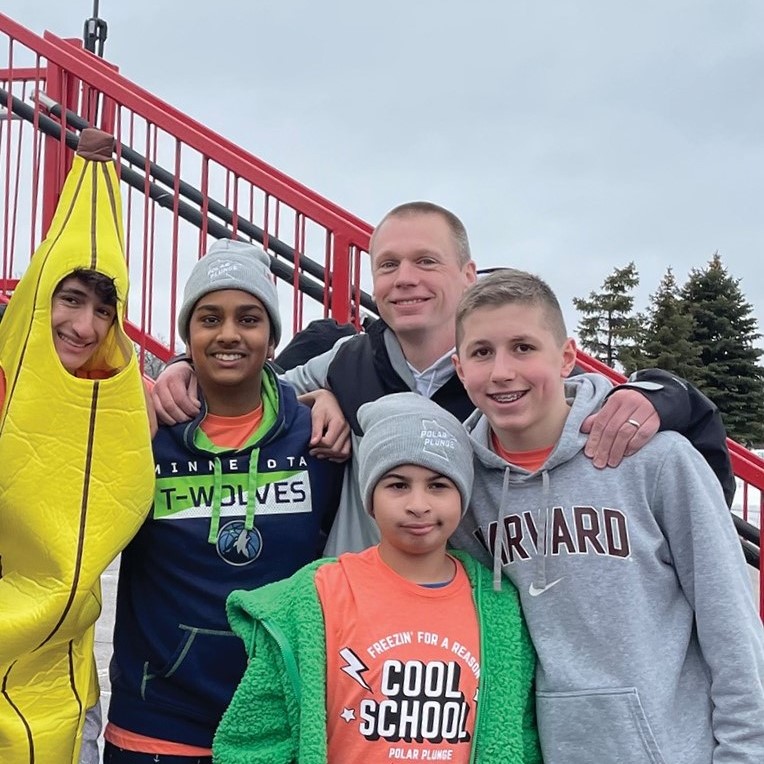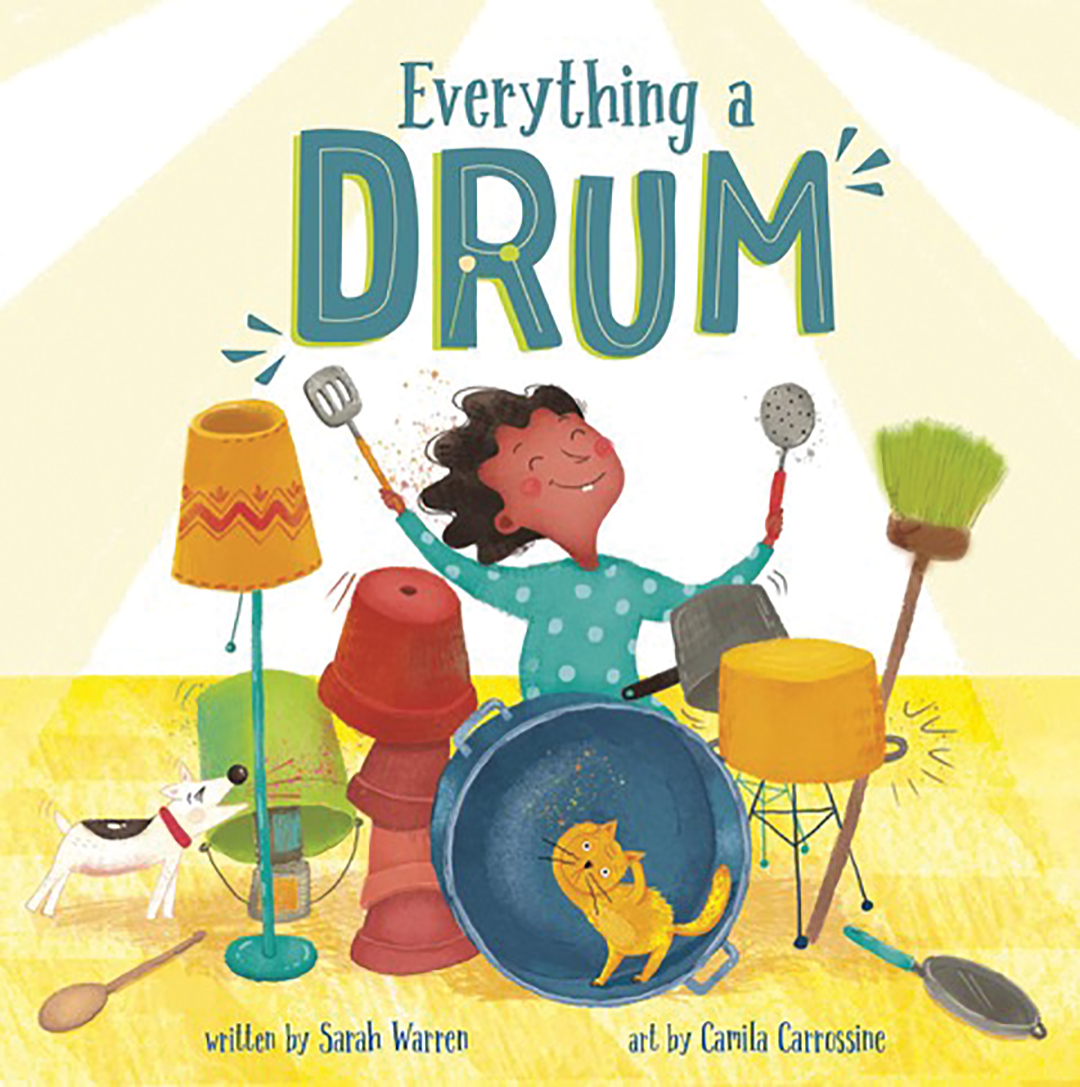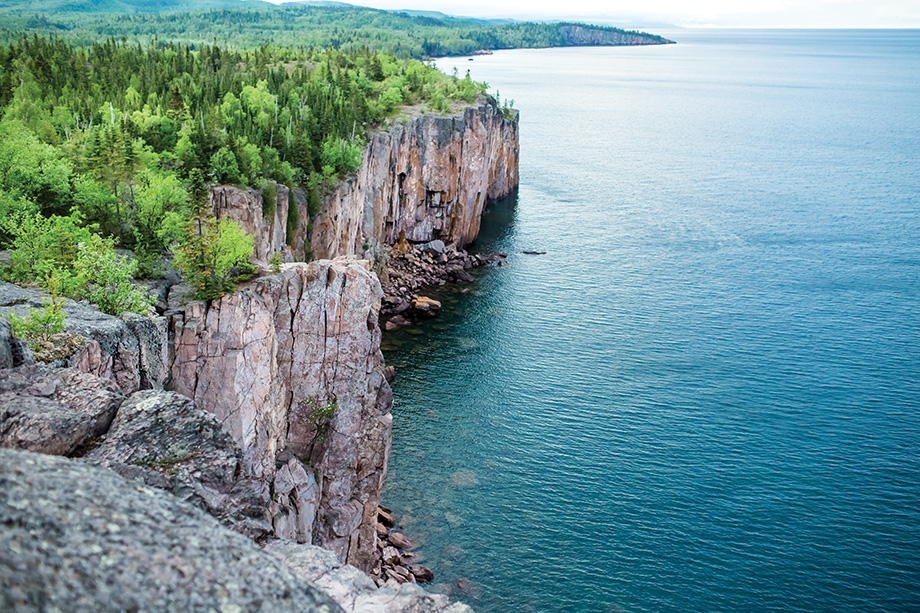
Photos: Chris Emeott
A beginner’s guide to camping and hiking in and around Minnesota this summer.
Looking to spend more time outdoors this summer? Head to outstate Minnesota for a day hike—or level-up with a weekend of camping.
For those who aren’t experienced hikers or campers, enjoying the great outdoors in this capacity may seem intimidating. Where should you go? What gear and supplies will you need? How do you plan for bad weather and bugs?
For tips on locations, we chatted with Alyssa Hayes, the spokeswoman for Explore Minnesota. And for advice on the best gear and the practicalities involved with camping and hiking, we talked with Joel Nordin, one of the scoutmasters for Troop 123 at Shepherd of the Hills Lutheran Church in Edina.
Explore Your Options and Start Planning Now
If you want to give camping a try, it’s best to plan ahead. (The time to book your campsite is now!) According to Hayes, state park camping sites fill up fast. Not seeing availability at your desired campgrounds? “Consider traveling mid-week, and be flexible with dates,” she says, or even in the “off-season” after Labor Day, when the weather is still warm but campgrounds slow down. While many people gravitate toward the North Shore for camping, she says there are just as many beautiful campgrounds in central and southern Minnesota. Reservations for Minnesota state parks can be made up to 120 days in advance.
Of course, your options go way beyond state parks. There are approximately 500 private campgrounds around the state, and Hayes says this can be a great place to start for novice campers. “Most are on a lake or river, and they offer spots for tents and RVs,” she says, noting that state and private campgrounds with robust amenities (including a bathhouse with plumbing) are a great way to get your feet wet in the world of camping.
Hayes recommends utilizing the campground directory on exploreminnesota.com to narrow your search. You can sort by region, by amenities or by availability. Need some extra support? “Visitors can always call [our] 800 line or utilize our live chat to help navigate the directory,” Hayes says. If there’s a specific region you’d like to visit—say, the Brainerd lakes area or along the river bluffs in southeast Minnesota—Hayes says you can always call local convention or visitors bureaus, and their teams can help you find local options.
It also has an online hiking directory where you can discover anything from urban trails in the Twin Cities to longer outstate hikes; and you can sort by trails that are stroller or wheelchair accessible.
For new hikers, Hayes says having an end-goal, like an awe-inspiring view, will help you stay motivated throughout your hike. “If you’re hiking to a waterfall, you’re going to stick with it, right? Because that’s a beautiful view, and it’s a really Instagrammable … moment,” she says, noting that “waterfall season” in Minnesota starts in mid-to-late April, making it a beautiful time to hike. “The snowmelt really can make the waterfalls across the state super picturesque … [and] so vibrant,” she says. Some of her favorite waterfalls can be found along the North Shore Scenic Drive between Two Harbors and Lutsen.
This area is also a favorite of Nordin for camping. “The state parks along the North Shore are some of our [family’s] absolute favorites,” he says. “Another one that I love is Whitewater State Park, which is in [the] southeast part of the state. It’s beautiful, and it’s got tall cliffs. You drive through farmland to get there, and then all of a sudden you feel like you just kind of go into a crevice in the earth. And it’s some great hiking around there and just a wonderful place.”
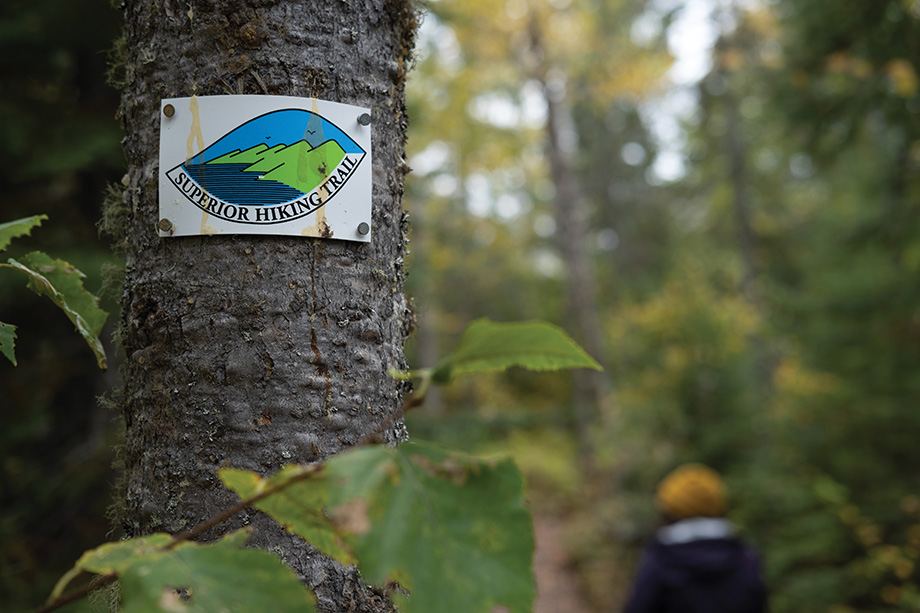
Get Your Gear
Once you’ve made your plans, you’ll want to make sure you have the right gear.
Local Finds
Love buying local? Get some of your outdoor gear from Scout, located on Market Street in Edina.
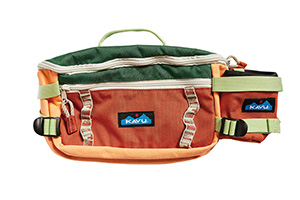 Kavu
Kavu
Washtucna –
Russet Valley
You’ll love the features on this belt bag/sling pack, which is perfect for a day hike. It features a main storage compartment, a secret stash pocket, a removable drink holder and more. Scout also has an assortment of other camping-friendly bags.
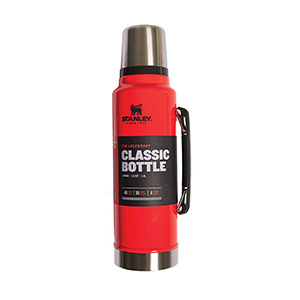 Stanley
Stanley
1.5 qt. Classic Bottle – Blaze Orange
A Stanley thermos is classic for a reason, from the iconic style to the rugged durability. The double-wall vacuum insulation keeps all your drinks at the ideal temperature all day long, and the twist-and-pour stopper allows for a smoother pour.
Scout
3925 Market St.
Facebook: Scout
Instagram: @scout.stp
A day of hiking naturally requires less gear than a weekend of camping, but that doesn’t mean you should hop in the car and hit the trails without any planning. Nordin suggests packing a backpack with the essentials—water; sunscreen; insect repellant; sunglasses; and trail snacks, like beef jerky, trail mix, granola bars and dried or fresh fruit. He also advises packing a small first aid kit and a flashlight, map and whistle to use in case you get lost. “You can be heard from a lot further away [with a whistle] than if you’re yelling,” he says.
Good shoes are also a must. While there’s no need to invest in hiking boots as a first-time hiker, be sure to choose footwear with plenty of support and traction. For stability, Nordin says some people like using walking sticks as well. For clothing, he says, “Regardless of [whether] it’s camping or hiking, always dress in layers. You can always take off your layers.”
When it comes to camping, the packing list is a bit more extensive. You’ll need the obvious campsite essentials—a tent, sleeping bag, pillow and sleeping pad. And Nordin stresses the importance of making sure your gear works ahead of time. “You don’t want to find out your tent isn’t waterproof in the middle of a rainstorm,” he says.

Joel Nordin and his son, Rowan, at Philmont Scout Ranch in Cimarron, New Mexico, while on a two-week hiking trip in 2019 with Scouts from Troop 123 in Edina. Rowan is now a senior at Edina High School and is an Eagle Scout.
For clothing, Nordin suggests sticking with the basics—socks, underwear, a hat, shorts and T-shirts, plus long pants, a long sleeve shirt and a sweatshirt for layers. Also? “Always, always, always pack a rain jacket. Assume you’re going to get rain at any time.” He also suggests bringing more than one pair of shoes, in case things get wet.
You’ll be cooking your own meals, and preparing those meals on-site requires some cooking tools and supplies. Pinterest and food blogs are great resources for finding camping meals and recipes—though Nordin says the dehydrated meals available at places like REI taste better than one might think. Check out the opposite page for a full checklist of camping essentials.
Enjoy the Great Outdoors
Ready for your camping weekend or some day hiking? Nordin encourages everyone to tell someone where you’re headed, for safety. “Make sure that people know where you are … when you’re going in [and] where you’re expecting to come out,” he says. “Obviously, an essential is going to be your phone, but your phone can die or break.”
And when embarking on your first hike, Hayes says, “Take it slow, and keep things short … You want to hit up a short trail for your first few hikes.”
When camping, set up your campsite as soon as you arrive. If any unexpected weather hits, you’ll have some shelter. Plus, unpacking helps you identify anything you forgot to pack, giving you time
to pick up additional supplies. And don’t forget to buy your firewood. Nordin notes that nearly all campgrounds sell firewood on-site; by using local firewood, you avoid transporting insects or pests.
“There’s a lot of really great resources through the Minnesota Department of Natural Resources [website], too, about how to enjoy the experience, setting up camp, things to bring, how to plan your meals, things like that,” Hayes says, as well as outlining the “leave no trace” protocol.
Beyond that? Enjoy your time in the great outdoors. Expect that things won’t go perfectly or totally as expected. Roll with the punches, don’t be afraid to ask fellow campers or hikers for help or advice and contact a park ranger or campground manager if you run into any trouble. You may end up loving your outdoor adventures, or you may decide it’s not for you. The most important thing is that you tried it!
Your Packing List Essentials
Planning a camping weekend? Here’s a starter checklist of what to pack.
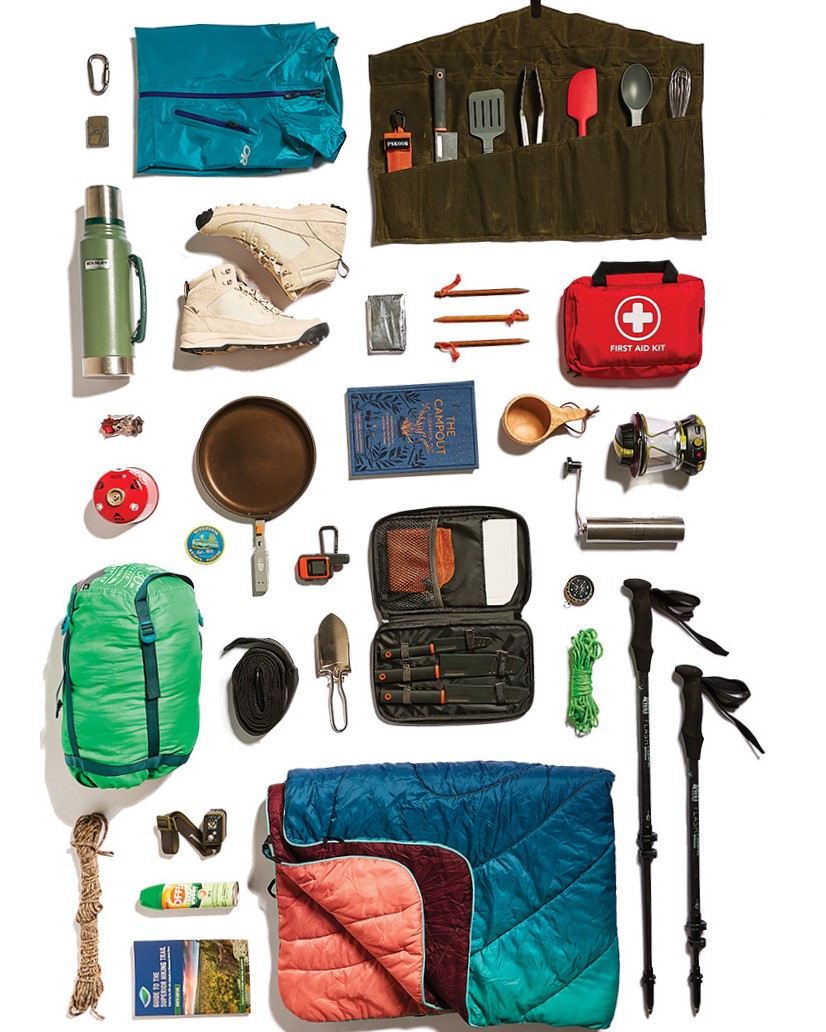
- Tent
- Tarp for under the tent
- Sleeping bag
- Sleeping pad
- Small pillow
- Flashlight, headlamp and/or battery-operated lantern, with extra batteries
- Camp chairs
- Cooler
- Cooking stove and/or single burner (optional)
- Pots and pans (cast irons are best)
- Cutting board(s)
- Knives
- Mess kit (cup, plate and bowl)
- Cooking and eating utensils
- Food storage containers for leftovers (optional)
- Percolator or French press (optional)
- Extra water
- Hand towel or paper towels
- First aid kit
- Sunscreen
- Insect repellant and Permethrin (for ticks)
- Biodegradable soap
- Hand sanitizer
- Toiletries, towel and prescription medications
- Toilet paper (one or two rolls)
- Swiss Army knife or multitool
- Matches and/or a lighter
- Firestarter or paper for tinder
DIY Firestarters
Worried about building a fire from scratch? Make your own firestarter at home!
“You just use a toilet paper roll, grab some dryer lint [and] put it inside the toilet paper roll. I cut the roll in half, so it’s only about two inches long. You put some dryer lint in there, and then you just get some wax paper and you kind of wrap it up so it looks like a candy,” Nordin says, noting that you can use one or two of those to help build your fire. “The wax paper helps it burn slowly, but the dryer lint is very flammable,” he says, which helps get your fire going quickly and easily.
Explore Minnesota
1.888.VISITMN
Facebook: Explore Minnesota Tourism
Instagram: @exploreminnesota

